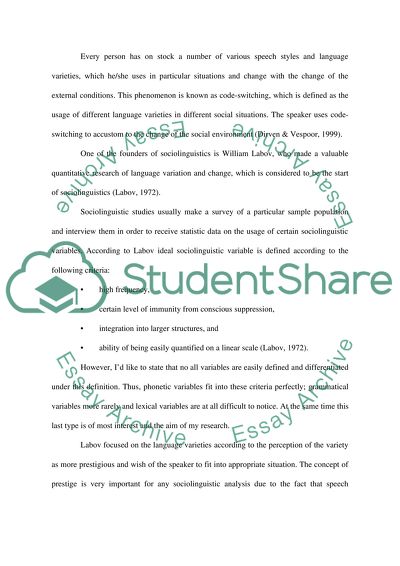Cite this document
(The Ways in which Language Use Varies according to the Relationship Term Paper, n.d.)
The Ways in which Language Use Varies according to the Relationship Term Paper. Retrieved from https://studentshare.org/social-science/1540617-discuss-some-of-the-ways-in-which-language-use-varies-according-to-the-relationship-between-the-speaker-and-hisher-audience-include-examples-drawn-from-your
The Ways in which Language Use Varies according to the Relationship Term Paper. Retrieved from https://studentshare.org/social-science/1540617-discuss-some-of-the-ways-in-which-language-use-varies-according-to-the-relationship-between-the-speaker-and-hisher-audience-include-examples-drawn-from-your
(The Ways in Which Language Use Varies According to the Relationship Term Paper)
The Ways in Which Language Use Varies According to the Relationship Term Paper. https://studentshare.org/social-science/1540617-discuss-some-of-the-ways-in-which-language-use-varies-according-to-the-relationship-between-the-speaker-and-hisher-audience-include-examples-drawn-from-your.
The Ways in Which Language Use Varies According to the Relationship Term Paper. https://studentshare.org/social-science/1540617-discuss-some-of-the-ways-in-which-language-use-varies-according-to-the-relationship-between-the-speaker-and-hisher-audience-include-examples-drawn-from-your.
“The Ways in Which Language Use Varies According to the Relationship Term Paper”, n.d. https://studentshare.org/social-science/1540617-discuss-some-of-the-ways-in-which-language-use-varies-according-to-the-relationship-between-the-speaker-and-hisher-audience-include-examples-drawn-from-your.


